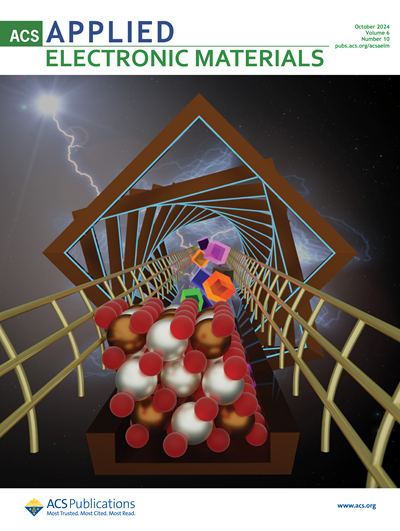制定在建筑施工项目中实施循环经济的关键成功因素
IF 4.3
3区 材料科学
Q1 ENGINEERING, ELECTRICAL & ELECTRONIC
引用次数: 0
摘要
建筑业在世界大多数国家的经济发展中继续发挥着重要作用。然而,建筑业仍然沿用 "线性 "的 "取-造-弃 "工业模式,这种模式在促进发展的同时,也是造成资源枯竭、环境恶化以及废物和污染产生的主要因素。在这方面,采用循环经济(CE)为应对传统线性经济模式带来的挑战提供了一个令人信服的机会。本研究试图通过焦点小组和在线调查相结合的混合方法,仔细研究实施循环经济的关键成功因素(CSFs)。所采用的方法可确保全面识别并优先考虑在建筑施工项目中实施 CE 原则的 CSF。焦点小组由 20 名主要利益相关者组成,他们来自知名建筑公司,包括客户、顾问、承包商和设计师。根据这些焦点小组的讨论结果,确定了 43 项 CSF,并随后按不同维度进行了分类。随后,我们开展了一项在线调查,通过 82 位利益相关者的回复来评定其重要程度,从而确定了已识别 CSF 的优先级列表。排在前五位的重要 CSF 包括:确保使用标准化和有保证的辅助材料、保持 CE 与线性方法之间的成本等效、维护和运营成本最小化、评估生命周期成本 (LCC),以及执行优先考虑 CE 的强有力的政府法规和政策。在使用社会科学统计软件包 (SPSS 27) 和 Microsoft 365 版 Excel 得出结果后,使用相对重要性指数 (RII) 对确定的 CSF 进行排序。本研究的结果可为决策支持系统的创建提供参考,从而在整个建设项目生命周期中推进行政首长协调会的工作。本文章由计算机程序翻译,如有差异,请以英文原文为准。
Developing Critical Success Factors for Implementing Circular Economy in Building Construction Projects
The construction industry continues to play a significant role in the economic development of most nations in the world. However, the construction sector still follows the ‘linear’ ‘take–make–dispose’ industrial model that, having benefited development, plays a major factor in the depletion of resources, environmental deterioration, and the generation of waste and pollution. In this regard, the adoption of a circular economy (CE) presents a compelling opportunity to address the challenges derived from the traditional linear economic model. This study attempts to scrutinise the critical success factors (CSFs) for implementing a CE via a mixed-method approach that combines both focus groups and an online survey. The adopted approach ensures a comprehensive identification and prioritisation of CSFs for implementing CE principles in building construction projects. The focus groups consisted of 20 key stakeholders drawn from prominent construction firms which included clients, consultants, contractors and designers. The outcomes from these focused groups led to the dentification of 43 CSFs, later categorised across different dimensions. Subsequently, an online survey was conducted to establish a priority list of the identified CSFs, using responses from 82 stakeholders to rate their level of importance. The top five significant CSFs include ensuring the use of standardised and warranted secondary materials, maintaining cost equivalence between a CE and linear approach, maintenance and operation cost minimisation, assessment of life cycle cost (LCC), and the enforcement of robust government regulations and policies that prioritise a CE. The Relative Importance Index (RII) was used to rank the identified CSFs following results obtained using the Statistical Package for Social Sciences (SPSS 27) and Excel for Microsoft 365. The findings of this study can inform the creation of decision support systems that could progress a CE across the construction project life cycle.
求助全文
通过发布文献求助,成功后即可免费获取论文全文。
去求助
来源期刊

ACS Applied Electronic Materials
Multiple-
CiteScore
7.20
自引率
4.30%
发文量
567
期刊介绍:
ACS Applied Electronic Materials is an interdisciplinary journal publishing original research covering all aspects of electronic materials. The journal is devoted to reports of new and original experimental and theoretical research of an applied nature that integrate knowledge in the areas of materials science, engineering, optics, physics, and chemistry into important applications of electronic materials. Sample research topics that span the journal's scope are inorganic, organic, ionic and polymeric materials with properties that include conducting, semiconducting, superconducting, insulating, dielectric, magnetic, optoelectronic, piezoelectric, ferroelectric and thermoelectric.
Indexed/Abstracted:
Web of Science SCIE
Scopus
CAS
INSPEC
Portico
 求助内容:
求助内容: 应助结果提醒方式:
应助结果提醒方式:


